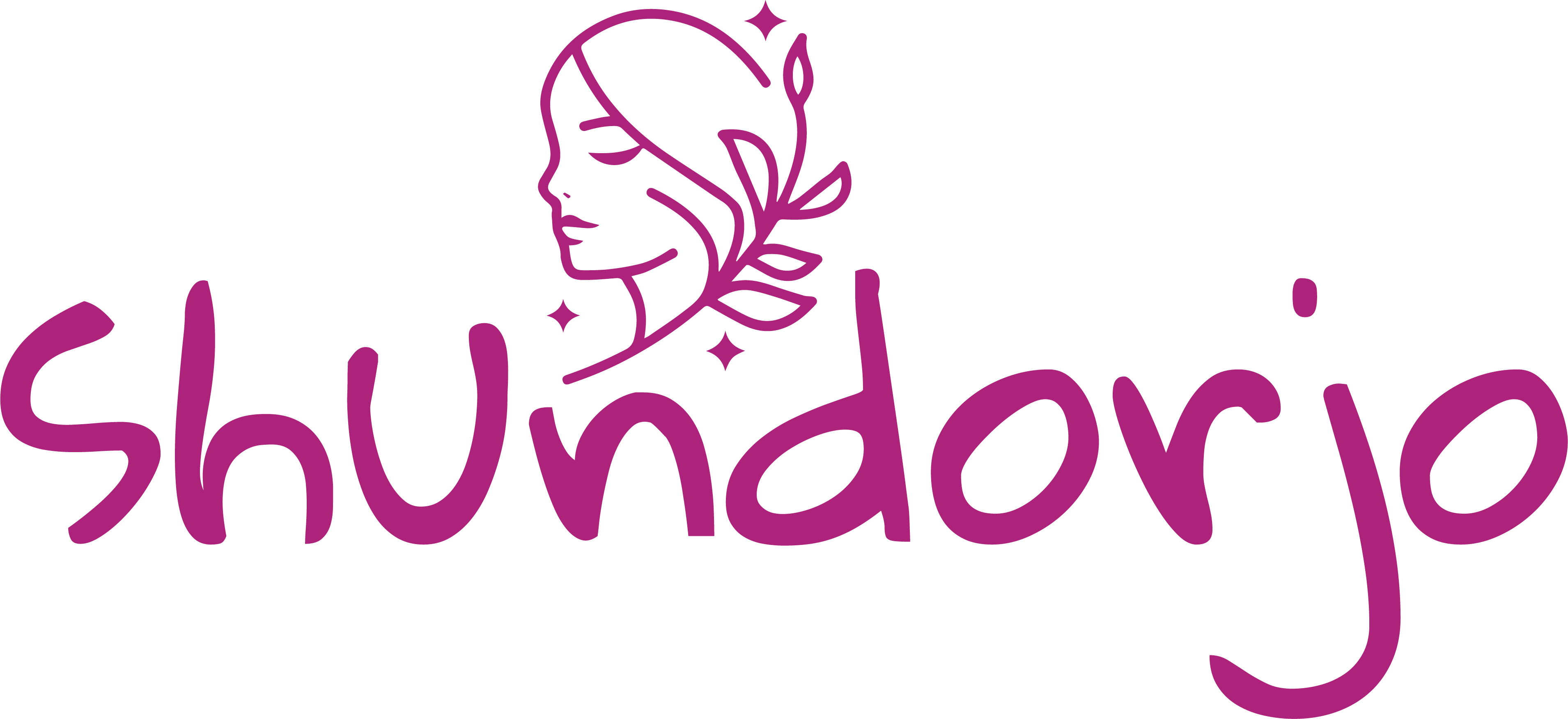New customer? Create your account OR Forgot password?
Already have a acoount? Login
Brushing baby teeth may seem like an activity not worth dealing with, since baby teeth are only temporary teeth, right? Actually, brushing your child’s baby teeth from an early age is an important step towards strong lifelong dental hygiene practices. Also, more importantly, it helps prevent oral conditions that can cause serious problems.
A child’s first baby tooth, also called a milk tooth or a primary tooth, often breaks through the gum when they are around six months old. Although these teeth often fall out later in life, they are still a very important part of the oral care life stages and need to be properly taken care of to prevent future issues. Therefore,brushing baby teeth is important.
First, it’s important to acknowledge that not all baby teeth always fall out. This means that one of those initial first teeth your child develops, may actually be in their mouth for the rest of their lives, if a successor tooth never develops.
Second, baby teeth are often considered “placeholders” for the adult teeth. By having a baby tooth save the space for the adult tooth to eventually grow in, it helps ensure straighter adult teeth that have designated room to grow.
Lastly, even though your child might not be eating candy and sugar (yet), baby teeth can still grow bacteria and decay. Tooth decay can cause speech impediments, lasting oral care problems, and more. Brushing your child’s baby teeth is a very important for ensuring a future of good oral hygiene, a perfect smile, and healthy oral care habits.
For a small child, teeth brushing is a completely new experience! Helping your child get used to having a toothbrush in their mouth twice a day is an important step on their way to developing a good oral hygiene routine, so it is important to make the routine a positive experience right from the start.
Children love trying out things themselves. When you get started, it doesn’t need to be as systematic and detailed as your own brushing routine is. Let your child hold a toothbrush, play with it and try to brush their own teeth – it will make the whole process more fun! After a while, your child will look forward to it.
If your baby starts biting down on the toothbrush, making it hard to brush properly, know that it is completely normal and let it continue. Biting on a toothbrush is an instinctive behaviour to help soothe their teething gums as their new teeth begin to break through. Just make sure you choose a toothbrush that is soft, gentle and safe for new teeth and sensitive gums. Be careful to change your baby’s teething toothbrush every few months or when the baby toothbrush starts to become rush around the edges.
6 Tips for your Baby’s Dental Routine:
1. Start brushing your child’s teeth with a fluoride toothpaste as soon as their first tooth appears. Children’s first teeth usually start coming in at around 6 months, and by the age of 3, they usually have 20 baby teeth. Be sure to use only a pea-sized drop of toothpaste at the beginning.
2. Help your child brush their teeth and make the activity fun and positive. When they’re a baby, you can try singing, dancing, or being enthusiastic to accompany the routine. When they’re older, try to explain what and why you are brushing.
3. Brush twice a day for two minutes, once in the morning and once before bedtime, using small and gentle circular movements along the gums.
4. Remember small children cannot spit. Be sure to choose a mild-flavoured toothpaste and use the right amount according to their age and your doctor.
5. For babies, it is important to choose a gentle toothpaste with a mild taste and low fluoride content. 6. Since children have less Dexterity and motor skill development than adults, you should help brush your child’s teeth. In Scandinavia, dentists recommend that parents help their children brush their teeth until they are teenagers.





